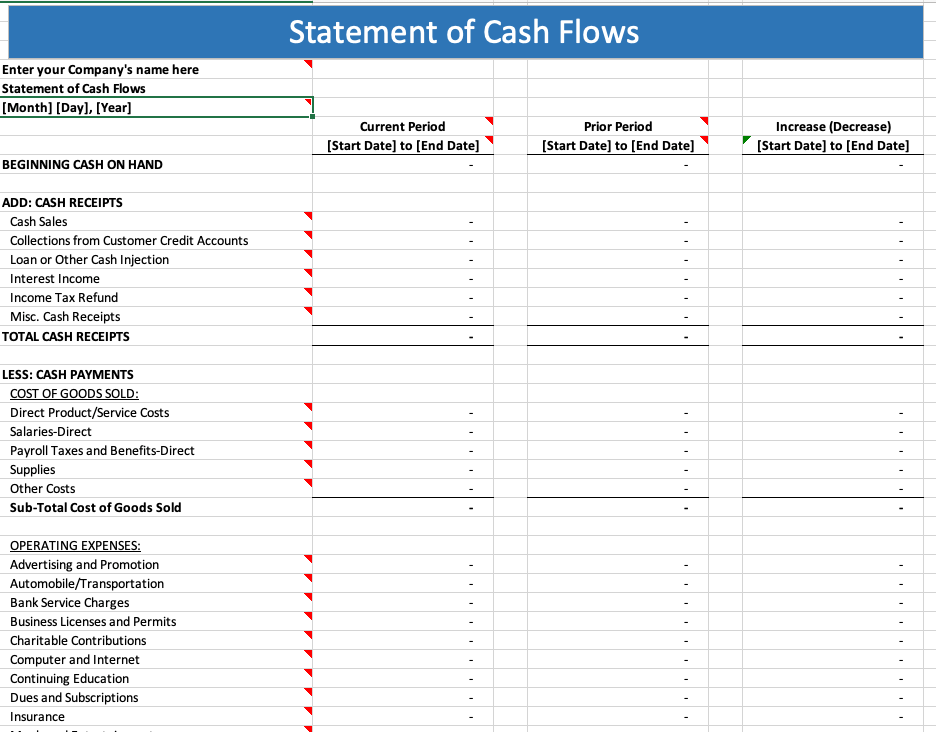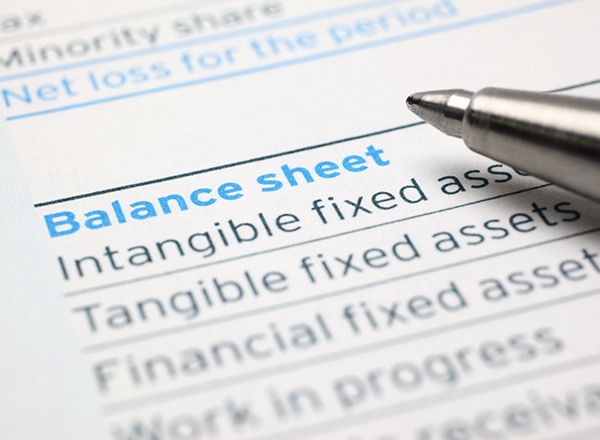Free Cash Flow Statement Template
Free cash flow takes into account cash flow from operations, and the cash required to pay for capital expenditures (CAPEX). The formula is (cash flow from operations) less (capital expenditures to support current operations).
Well-managed companies plan for capital expenditures, which may include investments in machinery, equipment, and other long-term assets. A chain of restaurants, for example, must eventually replace ovens, refrigerators, and furniture. The cost of replacement should be included in the restaurant chain’s annual budget.
If the restaurant can generate more cash from operations than is needed to pay for capital expenditures, the company has some options. The extra cash might be used to pay a dividend to investors, or retained in the business to expand operations.
A successful business must manage liquidity and solvency. Liquidity refers to your firm’s ability to generate enough current assets to pay current liabilities. Solvency has a long-term focus. If your company can produce cash inflows over the long-term, you can pay for capital expenditures in future years, and repay loan balances.
The statement of cash flows, and the free cash flow calculation are tools you can use to manage your business. Once you start using these tools, you need to make changes to improve cash inflows.





